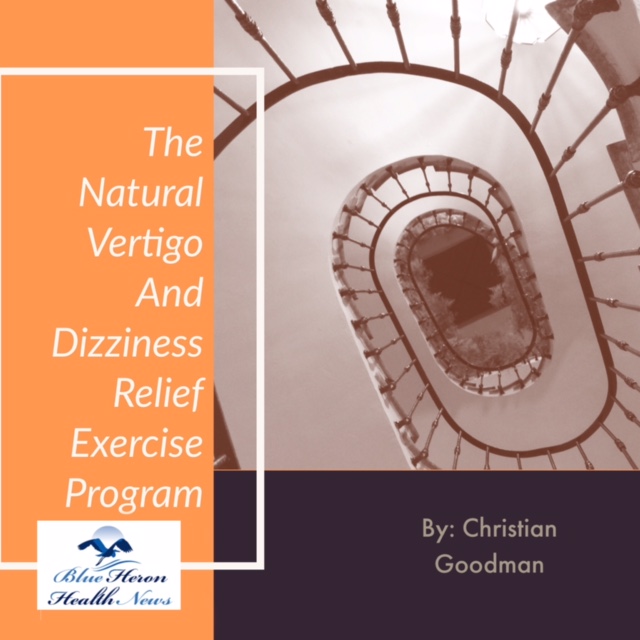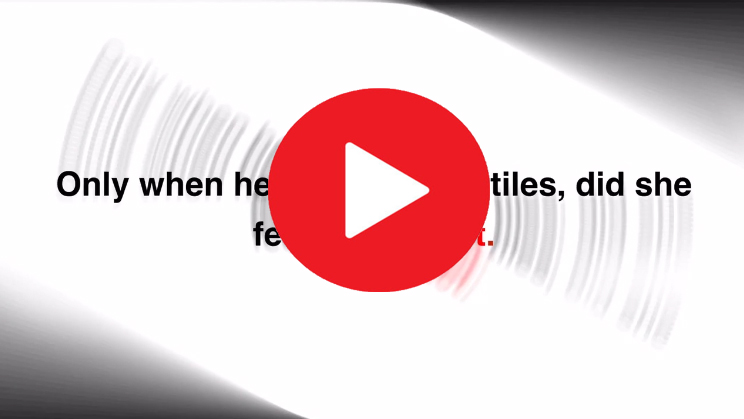
The Vertigo And Dizziness Program™ By Christian Goodman Vertigo and Dizziness Program is a designed to help stop vertigo and dizziness once and for all. Medical practitioner don’t know the exact cure for this condition but this program will show you exactly what you need to make this painful condition a thing of the past. This program has recommended a set of simple head exercises that help cure this condition.
Types of vertigo: Peripheral vs. Central
Types of Vertigo: Peripheral vs. Central
Vertigo can be classified into two main types based on its origin: peripheral vertigo and central vertigo. Understanding the differences between these two types is crucial for diagnosis and treatment, as they are associated with different underlying causes and health risks.
1. Peripheral Vertigo
Peripheral vertigo is the more common type of vertigo and originates from problems in the inner ear or the vestibular nerve, which connects the inner ear to the brain. The vestibular system in the inner ear plays a key role in maintaining balance and spatial orientation, and any disruption in this system can result in vertigo.
Causes of Peripheral Vertigo
- Benign Paroxysmal Positional Vertigo (BPPV):
- Description: The most common cause of peripheral vertigo, BPPV occurs when tiny calcium crystals (otoconia) become dislodged and move into the semicircular canals of the inner ear, disrupting normal balance signals.
- Symptoms: Brief episodes of vertigo triggered by changes in head position, such as rolling over in bed or looking up.
- Meniere’s Disease:
- Description: A chronic inner ear disorder characterized by excessive fluid buildup (endolymph) in the inner ear.
- Symptoms: Recurrent episodes of vertigo lasting minutes to hours, accompanied by hearing loss, tinnitus (ringing in the ears), and a feeling of fullness in the ear.
- Vestibular Neuritis (or Labyrinthitis):
- Description: Inflammation of the vestibular nerve (vestibular neuritis) or the inner ear (labyrinthitis), often due to a viral infection.
- Symptoms: Sudden, severe vertigo that can last for several days, often with nausea and balance problems. Labyrinthitis may also involve hearing loss.
- Perilymph Fistula:
- Description: An abnormal connection between the middle ear and the inner ear, which allows fluid to leak and disrupts balance.
- Symptoms: Vertigo triggered by changes in pressure (e.g., sneezing, coughing) or physical activity, often accompanied by hearing loss.
- Acoustic Neuroma (Vestibular Schwannoma):
- Description: A benign tumor on the vestibular nerve that can cause vertigo, hearing loss, and tinnitus.
- Symptoms: Gradual onset of vertigo, hearing loss on one side, and sometimes facial numbness.
Characteristics of Peripheral Vertigo
- Onset: Typically sudden.
- Severity of Vertigo: Often severe, especially in cases like BPPV or vestibular neuritis.
- Duration of Symptoms: Can vary widely depending on the cause; BPPV episodes are brief, while Meniere’s disease attacks may last hours.
- Associated Symptoms: Tinnitus, hearing loss, and ear fullness are common in peripheral vertigo.
- Nystagmus: Rapid, uncontrollable eye movements (nystagmus) are typically unidirectional and can be suppressed by focusing on a fixed point.
2. Central Vertigo
Central vertigo is less common than peripheral vertigo and is caused by problems in the central nervous system (CNS), particularly in the brainstem or cerebellum, which are areas involved in processing balance signals from the inner ear.
Causes of Central Vertigo
- Stroke or Transient Ischemic Attack (TIA):
- Description: A stroke or TIA can damage the areas of the brain that control balance, leading to central vertigo.
- Symptoms: Sudden onset of vertigo, often with other neurological symptoms such as weakness, difficulty speaking, double vision, or loss of coordination.
- Multiple Sclerosis (MS):
- Description: An autoimmune disease that affects the central nervous system, causing demyelination of nerves in the brain and spinal cord.
- Symptoms: Vertigo may occur as part of a broader range of neurological symptoms, including muscle weakness, vision problems, and numbness.
- Migrainous Vertigo (Vestibular Migraine):
- Description: A type of migraine that primarily affects balance, causing vertigo with or without headache.
- Symptoms: Vertigo episodes lasting minutes to hours, often accompanied by migraine symptoms like photophobia, phonophobia, or visual disturbances.
- Brain Tumors:
- Description: Tumors in the brainstem or cerebellum can interfere with the brain’s ability to process balance information, leading to vertigo.
- Symptoms: Gradual onset of vertigo, often with additional neurological symptoms like headaches, vision changes, or difficulty walking.
- Head Trauma:
- Description: Traumatic brain injury can damage the areas of the brain involved in balance, leading to central vertigo.
- Symptoms: Vertigo following a head injury, often accompanied by headaches, confusion, and other neurological signs.
Characteristics of Central Vertigo
- Onset: Can be sudden or gradual.
- Severity of Vertigo: Often less intense than peripheral vertigo but more persistent and associated with other neurological deficits.
- Duration of Symptoms: Varies depending on the underlying cause; can be chronic or episodic.
- Associated Symptoms: Neurological symptoms such as double vision, difficulty swallowing, speech problems, or weakness are common in central vertigo.
- Nystagmus: Nystagmus is often multidirectional (changes direction when the patient looks in different directions) and cannot be suppressed by focusing on a fixed point.
Summary of Differences
| Feature | Peripheral Vertigo | Central Vertigo |
|---|---|---|
| Origin | Inner ear or vestibular nerve | Brainstem or cerebellum |
| Common Causes | BPPV, Meniere’s disease, vestibular neuritis | Stroke, MS, vestibular migraine, brain tumors |
| Onset | Typically sudden | Can be sudden or gradual |
| Severity of Vertigo | Often severe | Usually less severe, more persistent |
| Duration | Varies (minutes to hours for BPPV; longer for Meniere’s) | Varies (can be chronic or episodic) |
| Associated Symptoms | Tinnitus, hearing loss, ear fullness | Neurological deficits (e.g., double vision, weakness) |
| Nystagmus | Unidirectional, suppressible | Multidirectional, not suppressible |
Conclusion
Peripheral and central vertigo are two distinct types of vertigo with different underlying causes, symptoms, and implications. Peripheral vertigo is more common and generally related to issues in the inner ear, while central vertigo is related to problems in the brain. Accurate diagnosis is crucial, as the treatment and prognosis for each type of vertigo can vary significantly. If someone experiences vertigo, particularly if it is sudden and associated with other neurological symptoms, they should seek medical attention to determine the cause and appropriate treatment.

The Vertigo And Dizziness Program™ By Christian Goodman Vertigo and Dizziness Program is a designed to help stop vertigo and dizziness once and for all. Medical practitioner don’t know the exact cure for this condition but this program will show you exactly what you need to make this painful condition a thing of the past. This program has recommended a set of simple head exercises that help cure this condition.